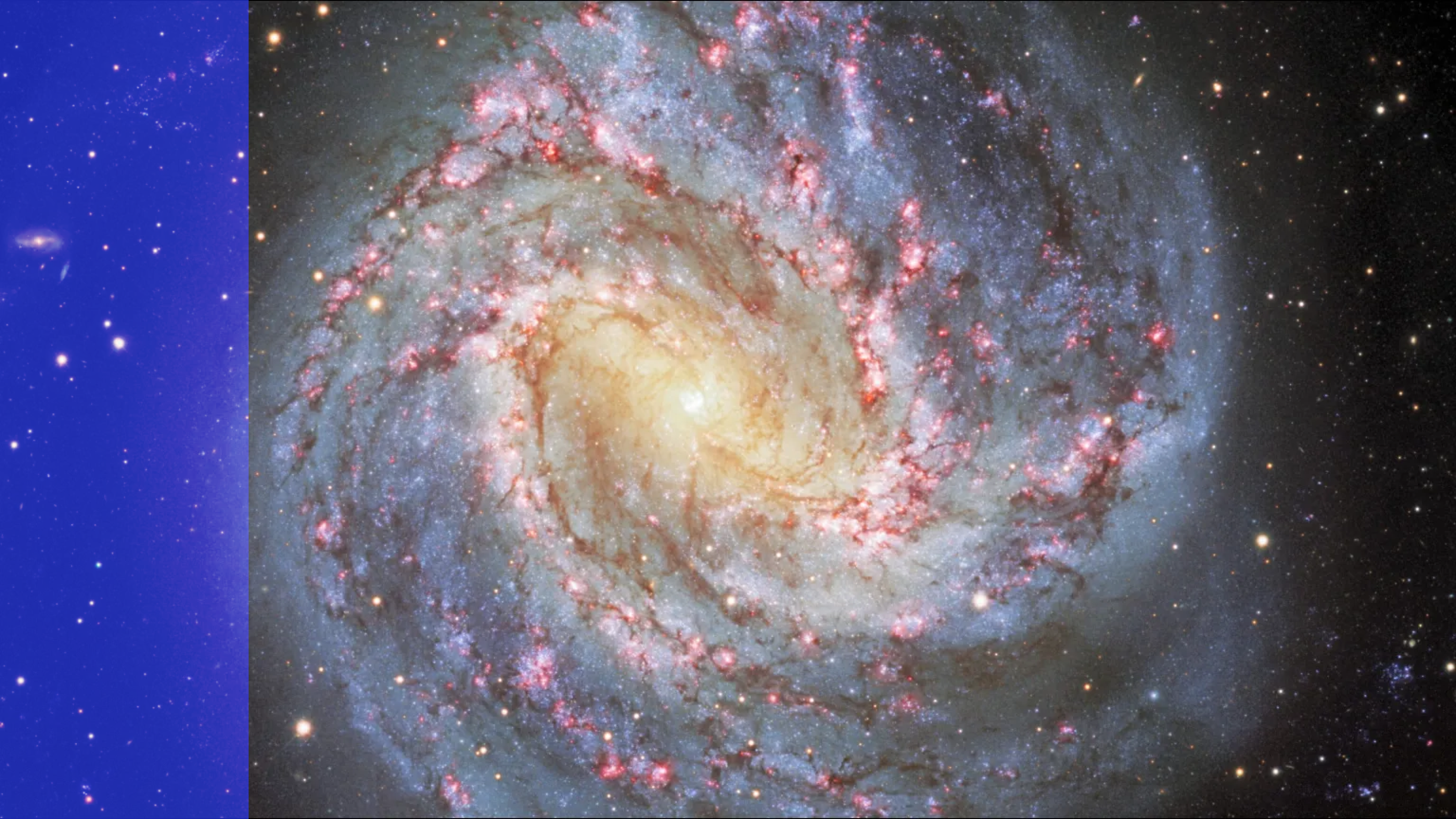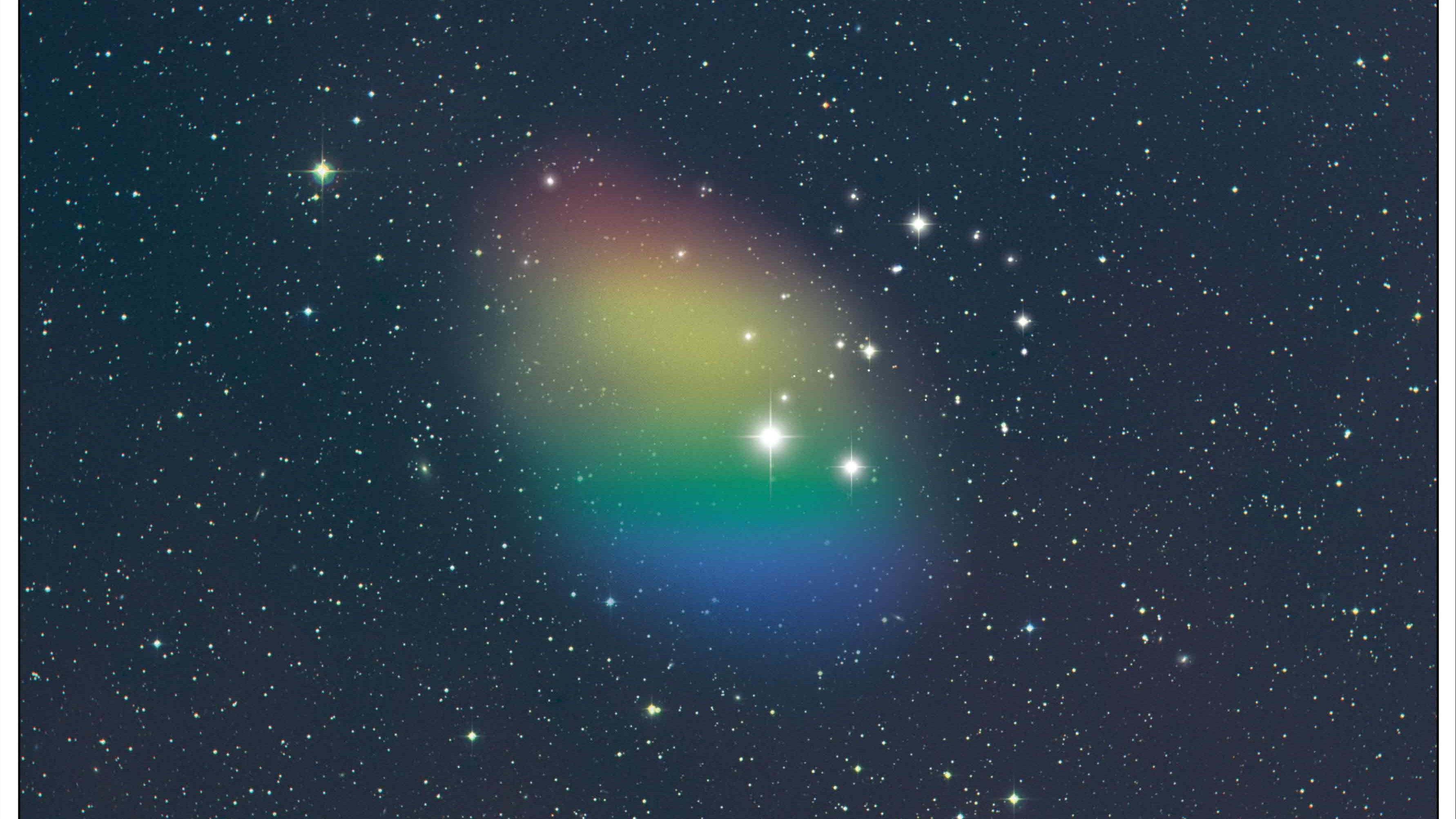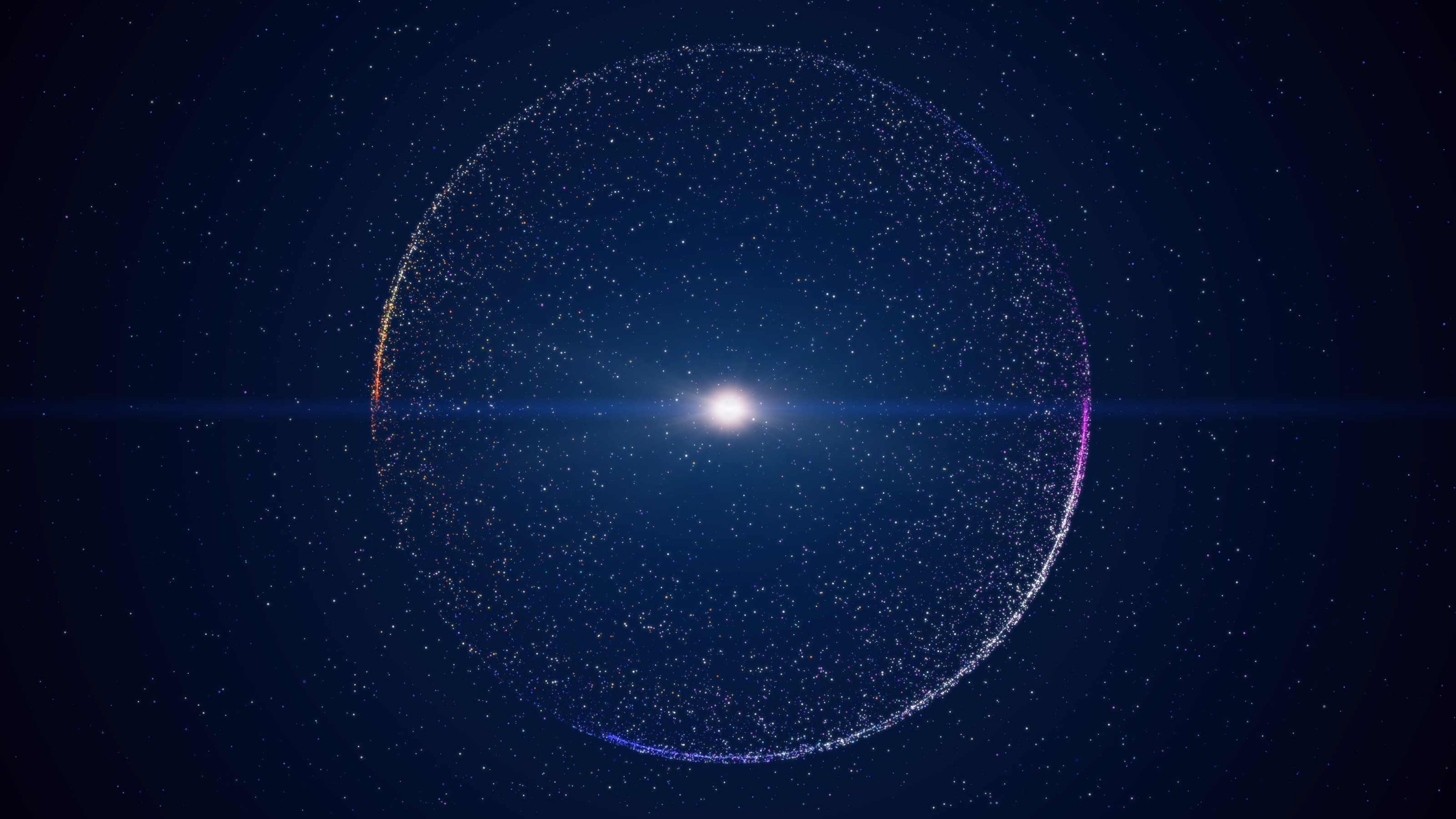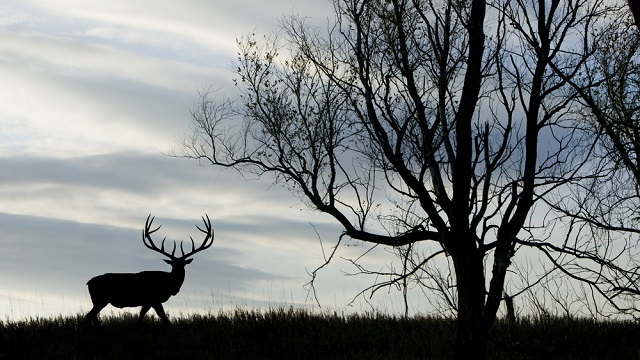Weekend Diversion: Finding Darkness
Even for city dwellers, the wonders of a dark, night sky might be closer than you imagine.
“Every moment of light and dark is a miracle.” –Walt Whitman
It was just a couple of weeks ago that we were talking about living in an urban area and looking for ways to find the serenity that comes with a clear, dark sky overhead. From many locations on Earth — particularly for those of us in big cities — it seems like a daunting, perhaps insurmountable task. After all, the different between an urban sky and one devoid of light pollution is breathtaking.

And yet, for those of us with a little bit of gas in our cars, a sight like this might be closer than you think. If you know where you’re headed, as the Jayhawks sing, you’ll be Stumbling Through The Dark in no time.
You see, there’s a breathtaking difference between the most heavily light-polluted sky and a completely pristine one. We even have a way of quantifying it: the Bortle Dark Sky Scale.
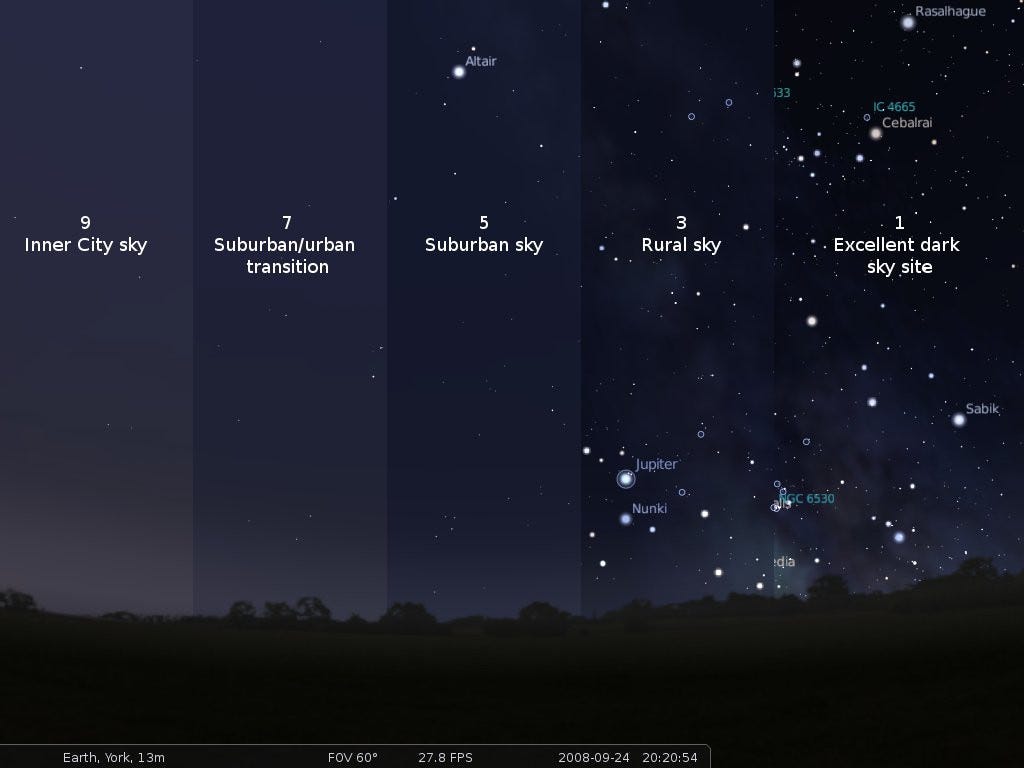
If there were no artificial lights anywhere on Earth, every location on Earth would be a one — the most pristine designation — on the Bortle scale so long as you had a moonless night, while a full Moon would brighten the sky so significantly that you’d actually reach an eight on this scale.
The atmosphere of our planet scatters light across it very effectively, which means that light pollution in one part of the sky will cause significant brightening everywhere in the sky that’s in your field-of-view, washing out dimmer, more nebulous objects. As such, depending on what natural and artificial light is present, your sky will fall into one of these nine categories.
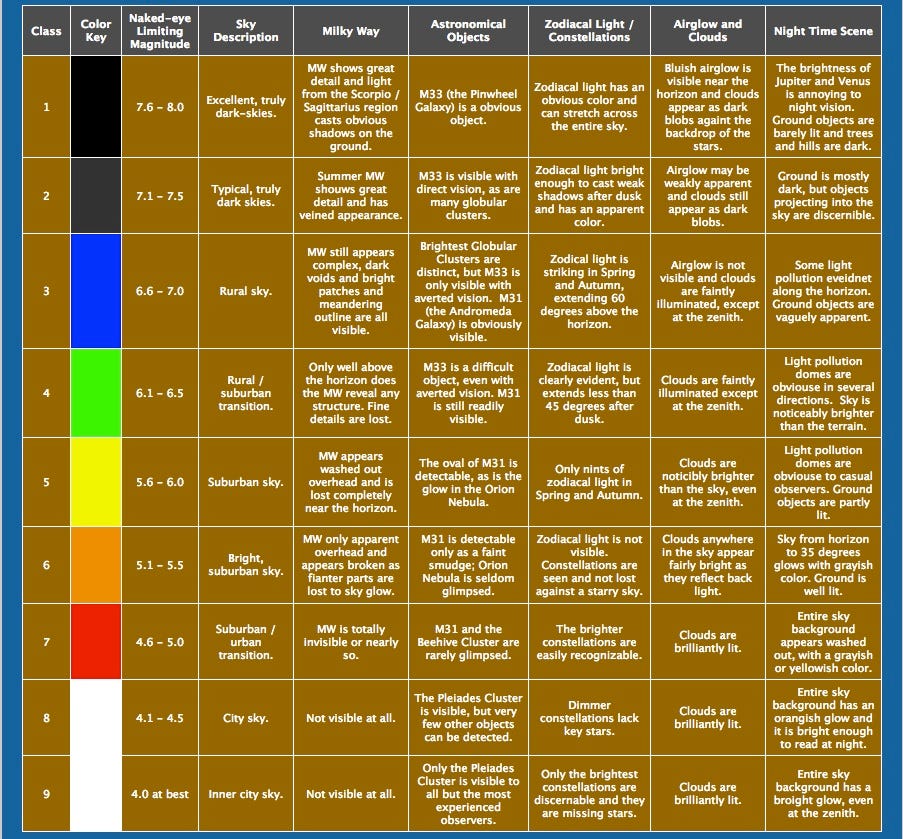
But the world-at-night is far from pristine, and has been for many hundreds of years. From cities to homes to streetlights and more, our world at night is hardly dark anymore. Take a look at the Blue Marble overlay on Google Maps, using data from NASA’s Earth Observatory.
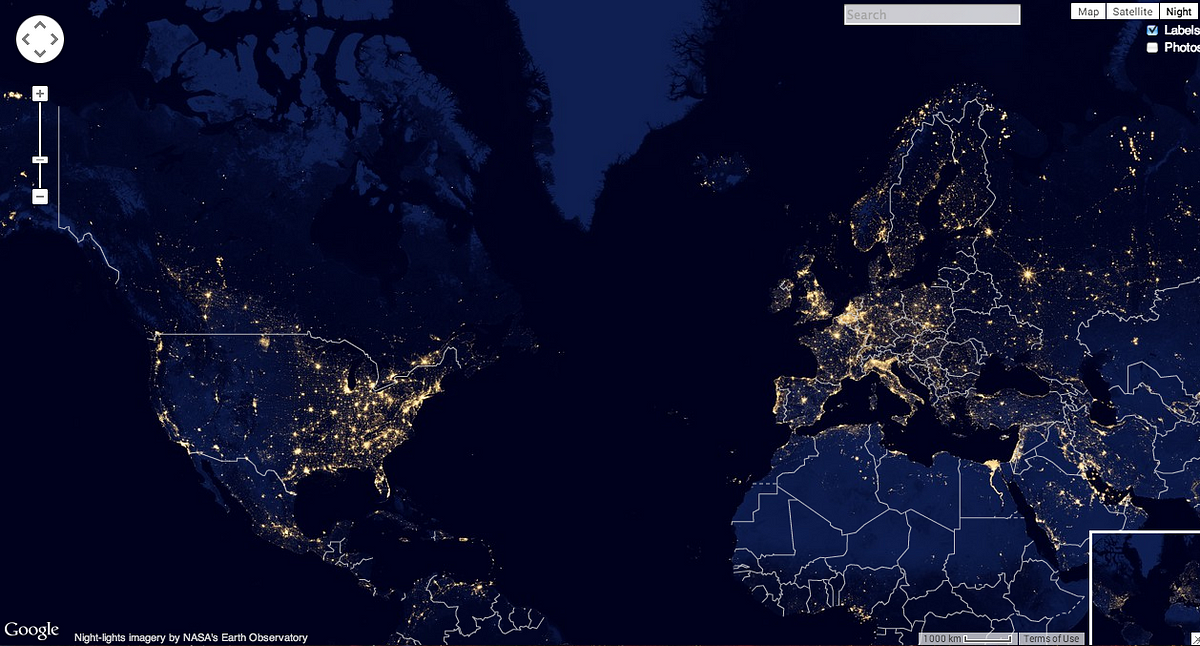
In order to hit a 1 on the Bortle scale, the amount of artificial light around can be no more than 1% the total natural light from the pristine, Moonless night sky. The most light-polluted urban areas typically hit eight or nine on the Bortle scale, meaning that the amount of artificial light polluting the night sky is at least 2700% the natural amount.
Sadly, this is very common in major cities, but even a short trip outside can give you clear views of the Milky Way, thousands of stars, and deep-sky objects visible with your naked eye alone. How do you find these clear skies?
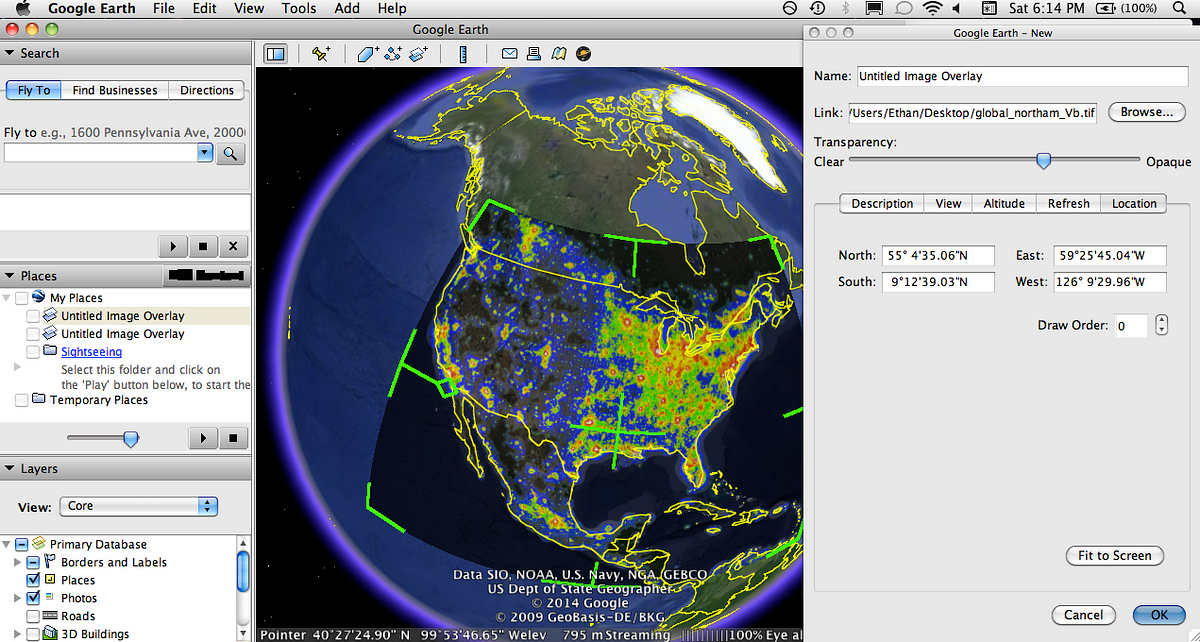
On your computer:
- download and install Google Earth,
- download this light pollution map of North America, (other regions can be found here, but I don’t have the specific instructions for them below)
- select add > image overlay and select the .tif file you downloaded in step 2,
- slide the transparency partially towards clear and enter the location coordinates above — North: 55° 4′ 35.06″ N, South: 9° 12′ 39.03″ N, East: 59° 25′ 45.04″ W, West: 126° 9′ 29.96″ W.
Click okay and you’re done; you’ve got an explorable, interactive planet with the Bortle Scale directly overlaid, color-coded exactly as above!
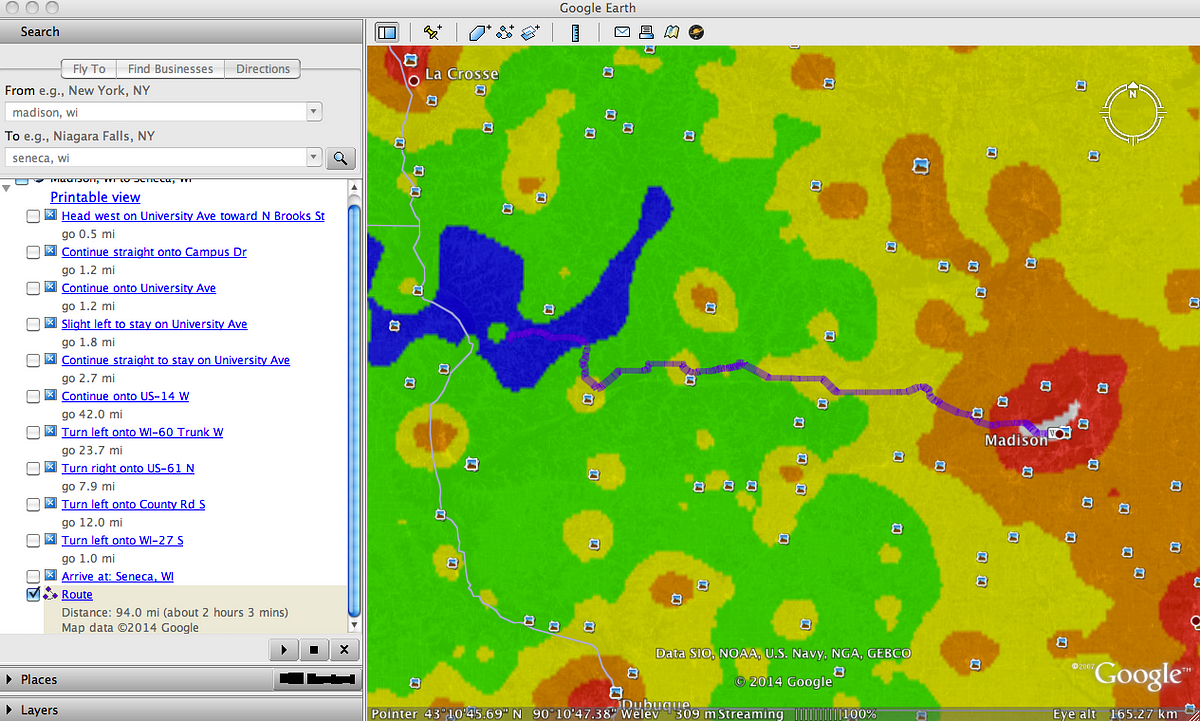
Live in Madison, WI, which is a full-on eight on the Bortle scale, but love dark skies? Try heading West less than 100 miles to Seneca, WI, which rates a three on the Bortle scale! If you’re willing to settle for “only” a four on the Bortle scale, there are plenty of locations (like Wyoming, WI) which are less than half the distance away.
Yes, if you live in New York City — my hometown and home to some of the worst light pollution in the world — you’re going to have a harder time of it.
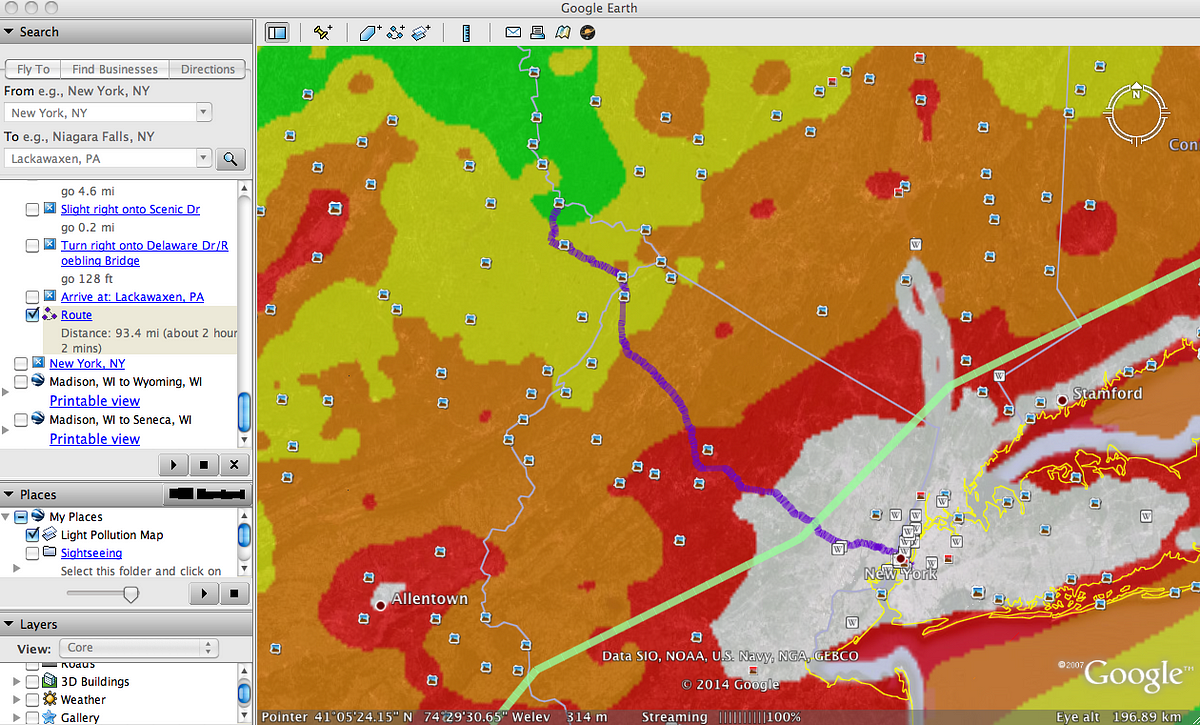
But even from the city that doesn’t sleep, dark skies that rate a four on the Bortle scale (and four is the transition between having the total natural light from the sky exceed artificial light from Earth) are only two hours away.
And finally, for me — where I am right now in Portland, OR — I live in a part of the city that’s just inside the border of where a seven transitions to an eight on the Bortle scale. But literally less than an hour away lies the unincorporated community of Wyeth, OR, which rates a three on the Bortle scale, and even darker skies are just an hour away from that!
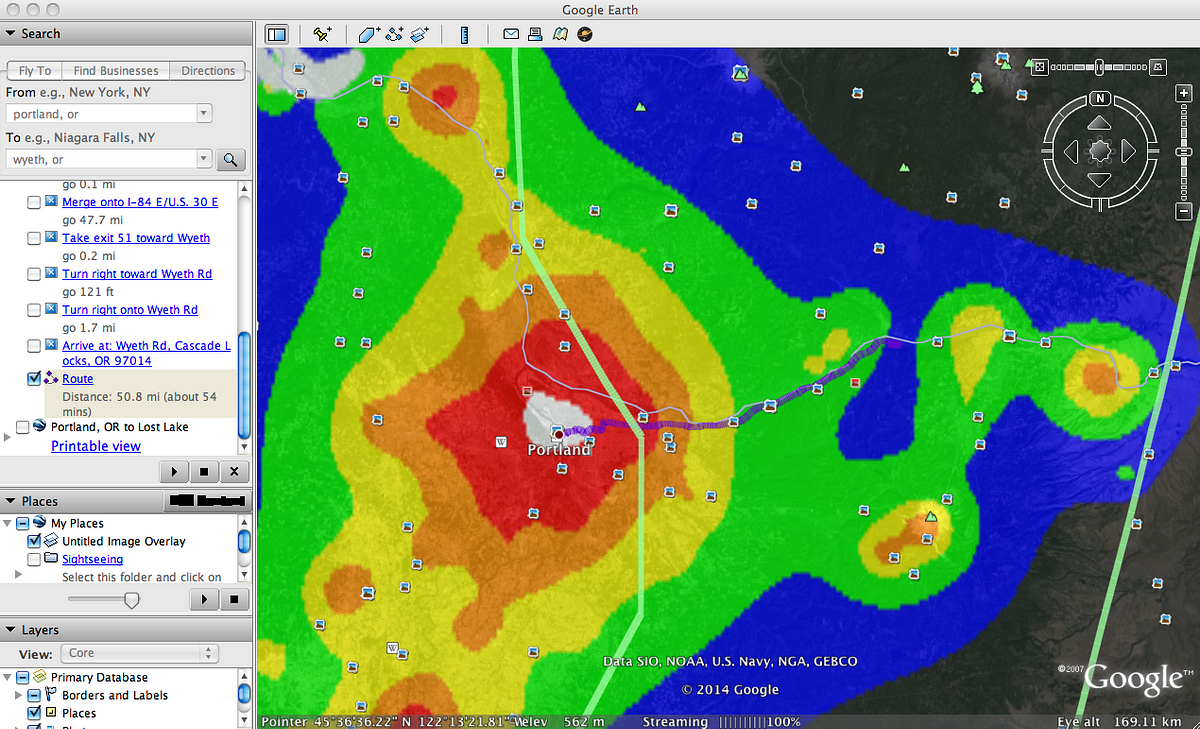
Even for those of you in heavily light polluted regions, getting down to merely a six or five on the Bortle scale can reveal the Andromeda galaxy to the naked eye, the outline of the Milky Way when it’s overhead and up to 1,000 stars in the sky at any given time.
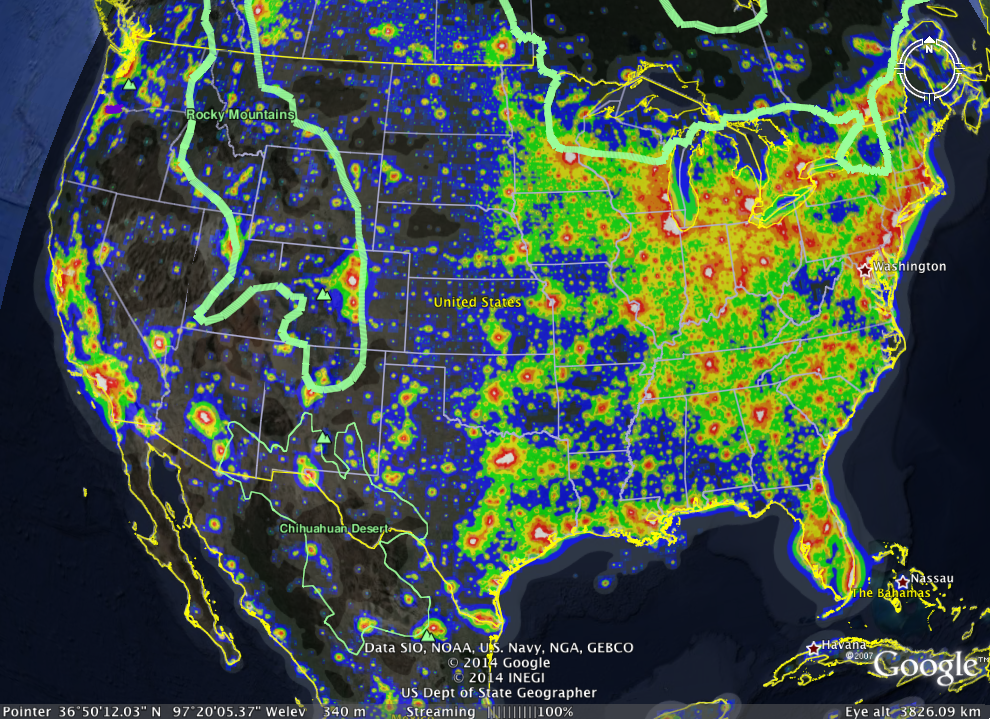
From wherever you are, a better night sky is very likely just a short journey away, so take the 10 minutes and make it happen for yourself! (Or, for the incredibly lazy, click here for a click-and-drag map; North America only.) I hope you enjoyed this, and I wish you clear, dark skies ahead!
Enjoyed this? Weigh in at the Starts With A Bang forum on Scienceblogs! And if you haven’t yet, check out the best of our comments at the Comments of the Week!


